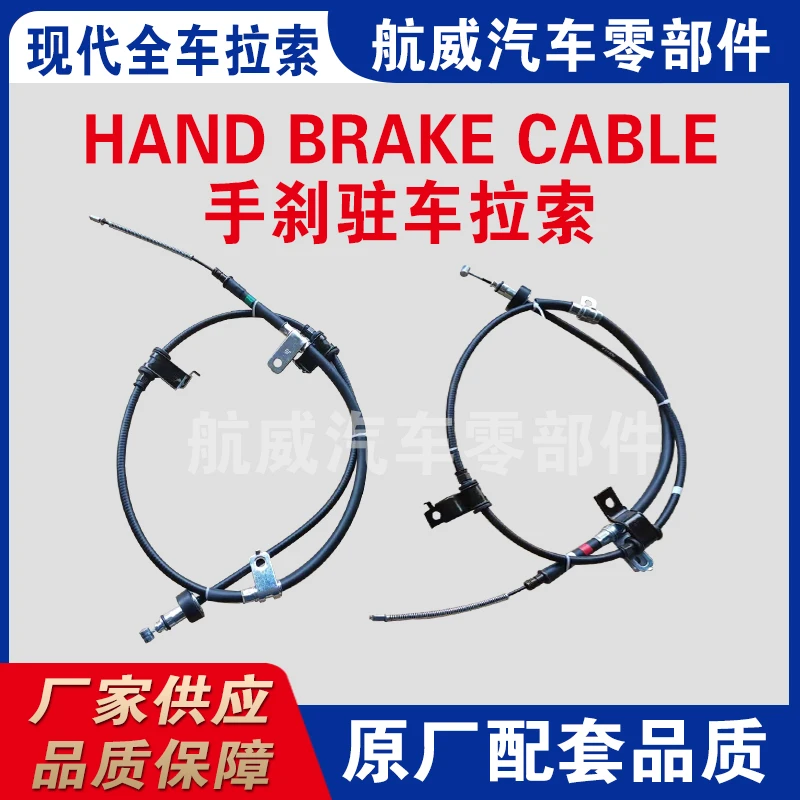gear selector cable
Understanding Gear Selector Cables Function and Importance
In modern automobiles, the transmission system is paramount to ensuring smooth and efficient driving experiences. A critical component within this system is the gear selector cable. Often overlooked, this simple yet essential part plays a vital role in connecting the gear shift lever inside the vehicle to the transmission, allowing the driver to select different gears seamlessly. Understanding the function, construction, and maintenance of gear selector cables can significantly enhance your knowledge of vehicle mechanics and improve your driving experience.
What is a Gear Selector Cable?
A gear selector cable, also known as a shift cable, is a flexible cable that transmits the driver's intentions from the gear shift lever directly to the transmission. When the driver moves the gear shift, the cable flexes and transmits this movement to the transmission system, enabling the appropriate gear to be engaged. Depending on the vehicle's design, there may be one or more cables involved, especially in vehicles with manual transmissions or those that have complex automatic systems.
How Does It Work?
The operation of the gear selector cable is relatively straightforward. When you push or pull the gear selector, the motion travels along the cable to a bell crank in the transmission. This mechanical linkage then moves the internal components of the transmission to engage or disengage specific gears. In modern vehicles, this process is designed to be highly responsive, allowing drivers to shift gears smoothly and precisely while driving.
The efficiency of the gear selector cable is crucial; any slack, binding, or damage can lead to difficulties in shifting, increased wear on the transmission, and detrimental impacts on overall vehicle performance. Therefore, maintaining the integrity of these cables is essential for optimal vehicle operation.
Importance of Gear Selector Cables
The importance of gear selector cables cannot be overstated. A malfunctioning cable can lead to a variety of issues, such as
gear selector cable

1. Difficulty in Shifting Gears If the cable is worn or damaged, you may experience stiffness or resistance when trying to shift, which can make driving cumbersome and unsafe.
2. Incomplete Gear Engagement In some cases, a faulty gear selector cable can result in gears not engaging at all. This can leave a driver stranded or unable to accelerate properly.
3. Increased Wear on the Transmission A malfunctioning cable can place additional strain on the transmission, potentially leading to costly repairs.
4. Safety Concerns Any issues with the gear selection can compromise vehicle safety. For instance, not being able to shift into reverse can hinder parking or maneuverability in tight spaces.
Maintenance and Replacement
Regular inspection of gear selector cables is crucial as part of vehicle maintenance. Signs that your cable may need attention include unusual noises during shifting, resistance or looseness in the gear shift, or the transmission slipping out of gear.
If a cable is found to be damaged, it’s essential to replace it promptly to maintain the vehicle's performance and safety. Replacing a gear selector cable can vary in complexity based on the vehicle make and model, but it generally involves removing the shift lever assembly and disconnecting the old cable from the transmission before installing a new one.
Conclusion
In summary, the gear selector cable is a small but vital component of a vehicle’s transmission system. By understanding its function and importance, drivers can better appreciate the intricacies of their vehicle and the role that each part plays in delivering a smooth driving experience. Regular maintenance and timely replacements are key to ensuring that this crucial component operates effectively, ultimately contributing to the vehicle's performance and longevity.
-
Workings of Clutch Pipe and Hose SystemsNewsJun.04,2025
-
The Inner Workings of Hand Brake Cable SystemsNewsJun.04,2025
-
The Secrets of Throttle and Accelerator CablesNewsJun.04,2025
-
The Hidden Lifeline of Your Transmission Gear Shift CablesNewsJun.04,2025
-
Demystifying Gear Cables and Shift LinkagesNewsJun.04,2025
-
Decoding Clutch Line Systems A Comprehensive GuideNewsJun.04,2025
